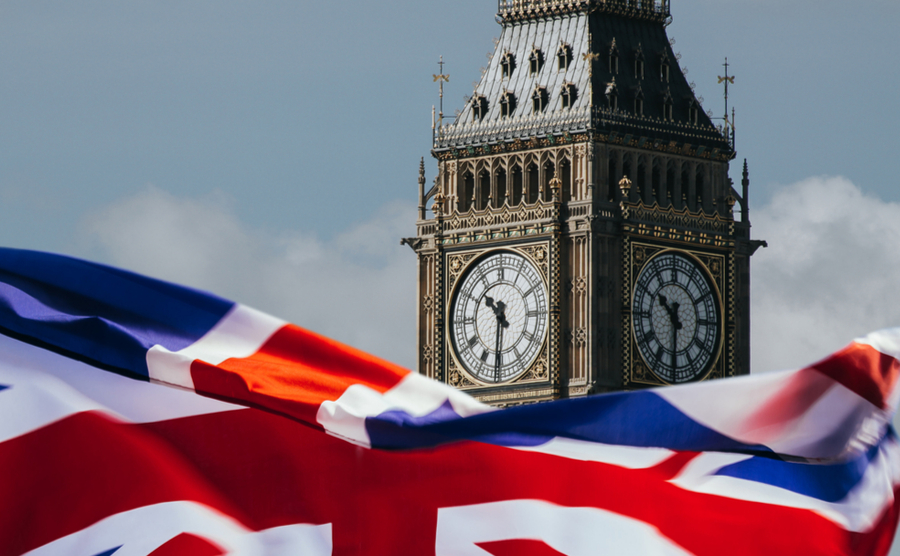
UK economists await key labour and wage data on Tuesday
The pound soared close to 0.9% against the US dollar on Friday as the US unemployment rate fell to 3.6% in June, slightly below expectations of 3.7%. Against the euro, the pound gained close to 0.25% on Friday morning but ended the day largely where it started.
The US economy added 209,000 jobs in June following a downwardly revised 306,000 in May and below market forecasts of 225,000. This was the lowest reading since December 2020, but it’s worth noting it remains more than twice the needed 70,000-100,000 needed per month to keep up with the growth in the working-age population.
Non-farm payrolls figures revealed private employee wages increased by 12 cents to $33.48, matching May’s advance and slightly exceeding market expectations.
The FTSE 100 closed on Friday at an 8-month low, extending its losses from Thursday afternoon’s plunge. By the closing bell, the S&P 500 was flat, while the Dow lost 0.2% and the Nasdaq gained 0.3%.
On Friday, Halifax’s index revealed UK house prices suffered their largest annual decline since 2011 as rising mortgage costs make it harder for buyers to get on the property market. This comes following chaos in the mortgage markets and the Bank of England’s thirteen consecutive rate hikes.
Threads, the new social media network which launched last Thursday has been threatened by rival app Twitter, alleging it stole trade secrets. Meta chief executive Mark Zuckerberg reported that over 30 million people signed up to the app in the first 24 hours of the platform’s launch.
The FAO food price index revealed that world food prices fell to a fresh two-year low for the second-consecutive month in June 2023. The index figure came in at 122.3 in June, from a downwardly revised 124 in May.
Today, there are several scheduled speeches from Federal Reserve members and Bank of England governor, Andrew Bailey this evening.
The spotlight this week will be on UK unemployment, German inflation and economic sentiment on Tuesday, US inflation figures and Canada’s interest rate on Wednesday, followed by UK GDP and US PPI figures on Thursday. Friday will be a quiet one for European data, with key reports from the US including the Michigan Consumer Sentiment’s preliminary figures.
Make sure any upcoming transactions are protected against the risks of sudden market movements. Secure a fixed exchange rate now with a forward contract; call your Business Trader on 020 7898 0500 to get started.
GBP: Economists await wage and jobs data
On Tuesday this week, the UK unemployment rate for May is expected to increase to 3.9% from 3.8% in April. The average earnings index (including bonuses) is expected to have risen 6.8% in May, up from 6.5% in April. Average earnings with bonuses included are expected to have risen 7.1% in May, down from 7.2% previously.
GBP/USD: the past year
EUR: German industrial output falls
Late last week economists heard industrial production declined by 0.2% month-over-month in May 2023 to their surprise. This deviated from the market forecasts of a flat reading and followed April’s 0.3% rise.
USD: Traders expect a 25-point rate hike
US stocks plummeted on Friday as the US economy added 209,000 jobs, while the unemployment rate fell back to 3.6% and wage growth was steady. However, traders are 95% sure that July will bring a 25 basis-point hike from the Federal Reserve. The US interest rate decision is scheduled for Wednesday 26th July.
For more on currencies and currency risk management strategies, please get in touch with your Smart Currency Business trader on 020 7898 0500 or your Private Client trader on 020 7898 0541.

 020 7898 0500
020 7898 0500
